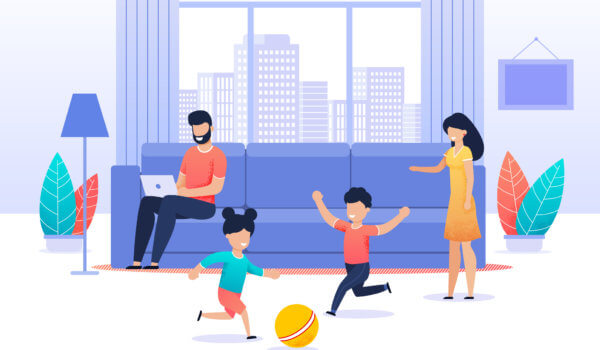How to Build Your Platform’s Marketing Funnel
All people are created equal, but they are not all equally likely to subscribe to your email list. In kind, not all email subscribers are equally likely to share your content or purchase your products.
What sets these groups apart? And how should you treat people differently at each level of engagement?

Of Birds and People
Have you ever set up a bird feeder outside your home? If so, you likely know that the birds are slow to arrive. You can hear them nearby, see them flying around, maybe even visiting other bird feeders, but yours? Still full of seed, perches vacant.
Then you’ll notice a few birds lingering on an adjacent rooftop or tree. Slowly they congregate and move closer until they’re sufficiently comfortable. One bird may graze the feeder and return to a safe distance. Eventually, after even days of inactivity, the first bird will alight on the perch and start snacking. And then the second. And a third.
Before you know it, all the seed is gone, and you’re off to the store to buy some more. Whether you have first-hand experience with this or not, you can easily imagine the scenario as nature is full of examples of animals cautiously evaluating their environment before taking action.
Why are we talking about birds? Because this is a natural example of a marketing funnel, a powerful force of audience engagement that is as primary as our biology. When you set up an effective marketing funnel, customers will flock to your product.
The Three Stages of Every Funnel
In marketing lingo, there only three groups of people that come into contact with your platform: prospects, leads, and customers.
Everyone starts as a prospect. Think of them as the “drive-by” portion of your audience who hears your name, visits your website, or sees your post in their Facebook feed.
Many people drop off there, but some people will move on to become a lead when they join your email list.
Many leads stay leads for a long time, but some people move on from there to become a customer when they purchase your product.
This framework is best illustrated, and described, as a funnel:
At each stage of your funnel, you have a different objective. When prospects first see your website, you want to craft their experience so they have a clear and compelling opportunity to say “yes” and opt in.
Once they do opt in, your objective is to provide these new leads with helpful, informative content that eventually leads to a sale.
Once they’re a customer, your objective is to continue providing transformational products to help them succeed, so they come back and buy from you over and over again.

Try Platform University!
Want to give Platform University (your one-stop shop for building an online audience) a spin? Get your first week of Platform University for just $1. Cancel anytime. Try Platform University for Just $1Define Your Platform’s Marketing Funnel
With this model in mind, you need to take a close look at each stage of your funnel, and how you treat people differently as they interact with your platform.
These are the three questions you must answer to get your marketing funnel flowing:
- How do people first find your website, and what do they see?
- Is there a clear and compelling opportunity for new website visitors to opt into your email list?
- Do your email subscribers have an option to make a purchase that leads to transformation?
With these answers in place, your funnel is ready. Don’t forget, once you have customers the funnel is over but your opportunity to change lives (and grow your platform) has just begun as each happy customer will refer new prospects to your funnel.



